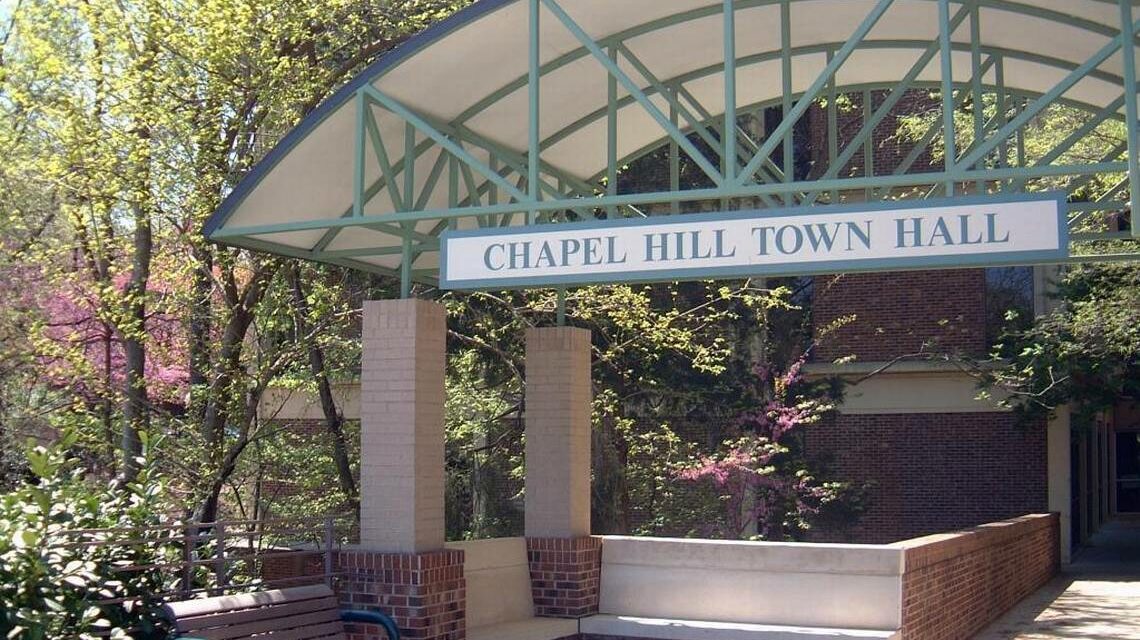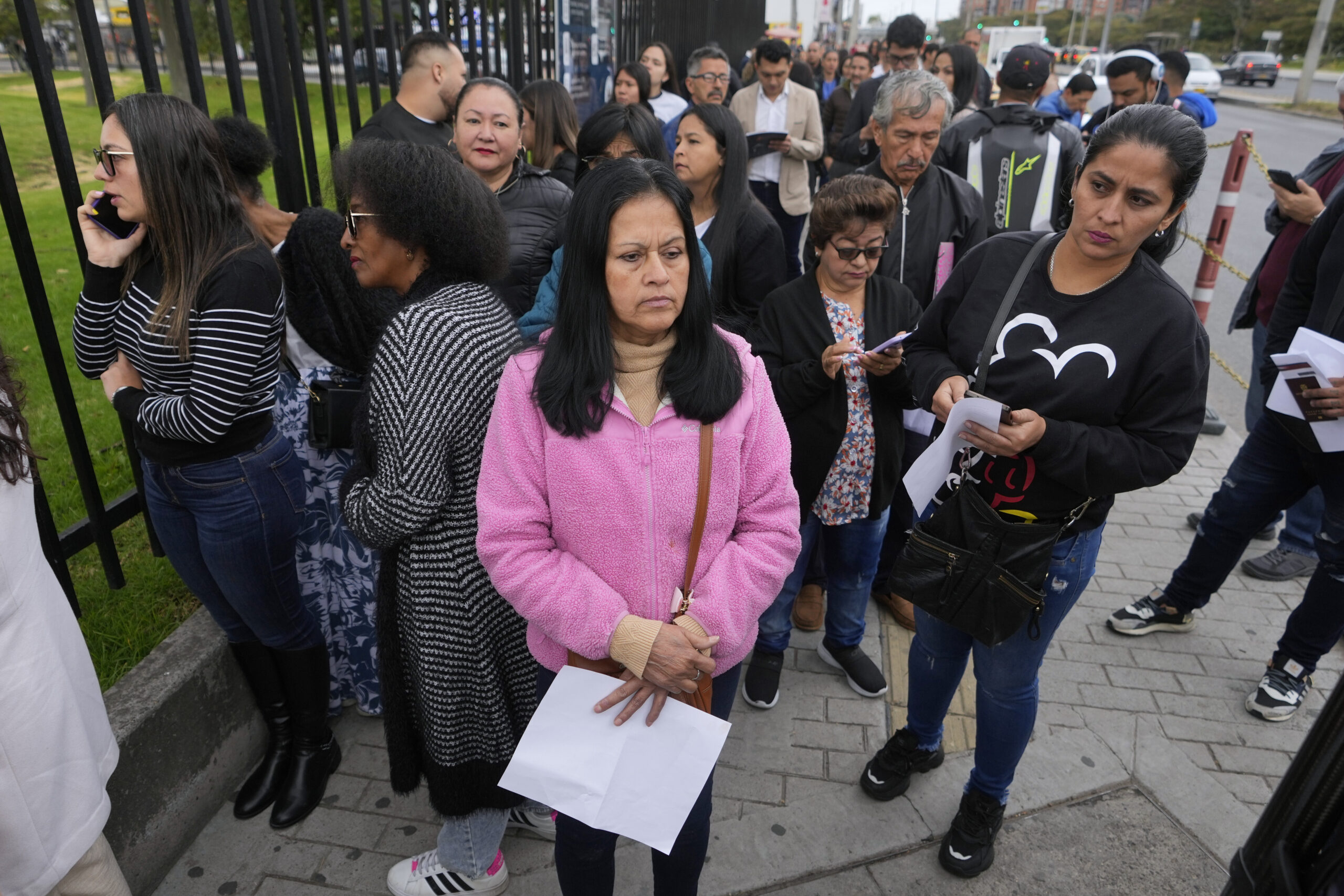In 2019, the Town of Chapel Hill launched a program called Building Integrated Communities (BIC), part of a statewide program through UNC’s Latino Migration Project to support residents who are immigrants and refugees.
The BIC project is still going strong three years later — and it just got a big boost, in the form of a three-year, $375,000 grant from the Blue Cross Blue Shield of North Carolina Foundation.
“Our goal is to understand the experience of immigrant and refugee residents in the community, and help build leadership and opportunities for engagement,” says Sarah Viñas, Chapel Hill’s director of affordable housing and community connections. “We are really excited to use this funding to continue to advance the BIC Action Plan.”
Read the BIC Action Plan here.
That action plan was developed in 2019 out of conversations with hundreds of immigrant and refugee residents of Chapel Hill. It’s a 34-point plan, with a dozen overarching goals across five general areas: increasing public transportation, strengthening ties with law enforcement, engaging residents in leadership roles, expanding housing access — and improving government communication, especially for those who don’t speak English.
Viñas says that last point has been the focus of much of their work since day one.
“The number-one thing that we heard from immigrant and refugee residents was that they couldn’t communicate with the town,” she says, “because most of the things that we put out were English-only.”
Listen to Sarah Viñas’ conversation with 97.9 The Hill’s Aaron Keck.
Since then, Viñas says officials have translated hundreds of documents into Spanish, Mandarin, Karen and Burmese. In addition, they’ve provided interpretation for town meetings, hired more multilingual speakers, and developed a 24-hour “language line” that town staffers can use when communicating with non-English speakers.
Viñas says those efforts have produced results.
Read the town’s latest update on implementation of the BIC Action Plan.
“We’ve had more participation of immigrant and refugee residents in our public meetings,” she says. “We know that there’s a long way to go towards what is called ‘language justice,’ where people can communicate in the language they prefer — but we’ve made a lot of progress.”
Viñas says the BIC program has also had success in affordable housing, working with local providers like Habitat for Humanity to expand their eligibility criteria to cover more immigrant residents, including those with temporary protected status.
“We’ve heard a lot of positive feedback from residents who had a dream of homeownership,” she says. “Previously [they] may not have been eligible, and now they can apply for a Habitat home.”
Now, Viñas says, the new grant money will enable the BIC program to do even more — like hire an additional full-time staffer, increase training for town staff, add more interpreters, and develop more opportunities for immigrants and refugees to take on leadership roles in the community.
“Immigrant and refugee residents may not be aware of what the town does [or] how to engage with us,” she says. “Part of what we’re trying to do with BIC is [to] break down those barriers, so that residents can participate in decision-making processes as well as our programs and services.”
Viñas says that’s an important mission for a town like Chapel Hill — where about one in six residents was born outside the U.S.
Photo via the Town of Chapel Hill.
Chapelboro.com does not charge subscription fees, and you can directly support our efforts in local journalism here. Want more of what you see on Chapelboro? Let us bring free local news and community information to you by signing up for our biweekly newsletter.












